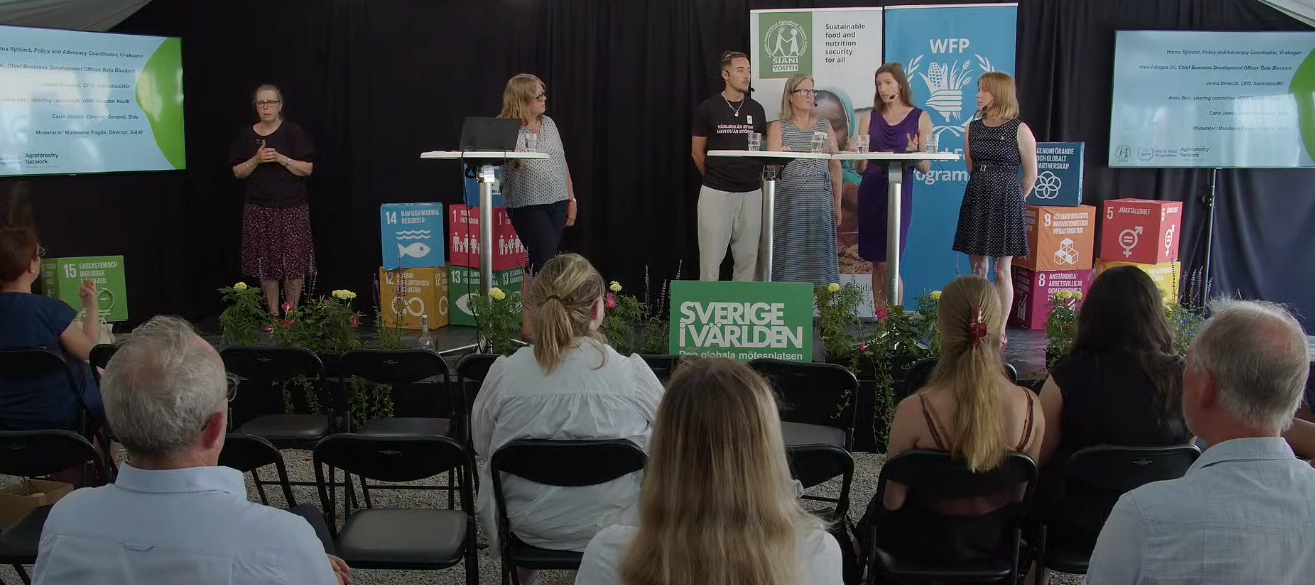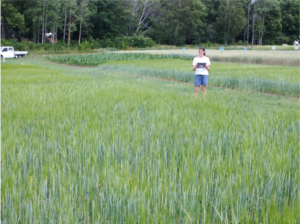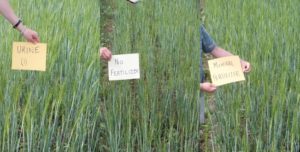
Priscila de Morais Lima and Jennifer McConville recently published a paper in the Journal Science of the Total Environment in collaboration with Thais Andrade de Sampaio Lopes and Luciano Matos Queiroz from Brazil. They looked into resource recovery appropriate technologies for wastewater treatment in Brazil by coupling the Santiago software and Life Cycle Assessment to generate appropriate scenarios and to assess the environmental impacts. Their comparison between the scenarios generated by Santiago and the baseline of UASB reactors showed that urine and faeces separation with soil application performed best in most categories. As also verified in several other LCA papers, electricity and transport play major roles in sanitation systems; and even though the UASB reactors had high CO2 emissions, it has potential for resource recovery.
Abstract
Implementation of resource recovery technologies is becoming increasingly important as humans are exhausting the world’s natural resources. Recovering nutrients and water from wastewater treatment systems will play an important role in changing the current trends towards a circular economy. However, guidance is still needed to determine the most appropriate way to do this. In this study, two decision-support tools, sanitation planning software (Santiago) and life cycle assessment (LCA), were applied to identify appropriate technologies and their environmental impacts. As a case study, current and alternative scenarios for a wastewater treatment plant (WWTP) in Campo Grande, west-central Brazil, were used. Among 12 scenarios provided by Santiago for efficient nutrient recovery, eight were selected for further assessment. The current WWTP system (UASB reactors) resulted in the highest negative impacts in two of nine assessment categories (freshwater and marine eutrophication) due to nutrient discharge into water. A source separation scenario with urine stored in a urine bank and co-composting of faeces showed the best overall performance. Electricity consumption played a crucial role in impacts in several categories, while water consumption was not significantly affected by choice of the toilet. One Santiago scenario matched the most appropriate scenario with the best environmental performance, but the other seven scenarios were not as beneficial, indicating a need for some adjustments in the software. These results highlight the importance of performing LCA to compare alternative scenarios, even when using a tool designed to identify locally appropriate technologies. The results also indicate that the current wastewater treatment system has reasonable environmental performance but could be improved if measures were taken to recover energy and reuse water.
The full paper is available: https://www.sciencedirect.com/science/article/pii/S0048969722028741






